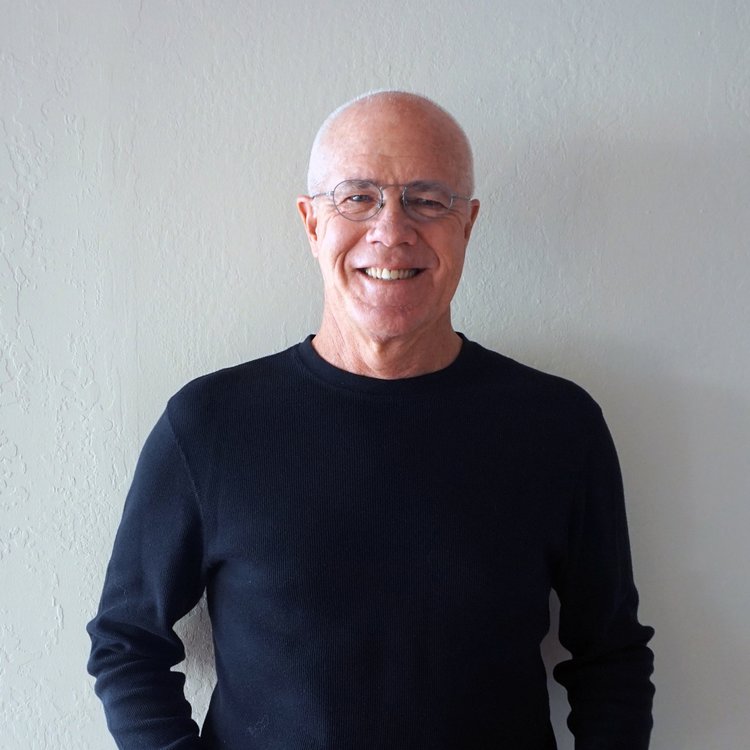First Hit: The film was a slow evolution and stretched at times, but also it was an engaging story about slow smoldering love.
From the opening moments after Marianne (Noemie Merlant) lands on the island and treks up to a large stately home and is greeted by the housekeeper Sophie (Luana Bajrami), we know this is going to unfold slowly.
The premise is that Marianne is there to secretly paint Heloise (Adele Haenel) who has been pulled out of a convent, where she wanted to be, by her mother, La Comtesse (Valeria Golino). Heloise is to take her sister’s place in a marriage to a man in Milan, Italy. Her sister committed suicide. The painting is to be sent to the perspective suiter.
To secretly paint Heloise, La Comtesse has told Heloise that Marianne is there to be her companion for walks. On their strolls, Heloise is brooding, inquisitive, and sullen. But the audience knows there is something deeper brewing.
The side story with Sophie being pregnant and wanting an abortion is well done. The moment she subjects herself to a procedure in a home, with a baby by her side is enormously powerful and thought-provoking.
The lighting and sets are both stark and dark but they create a beautiful space for love to flourish.
Merlant is terrific and compelling as the artist whose job it is to capture the essence and beauty of Heloise. Hanel is a smolderingly sublime reflection of beauty in this role. As a woman who is slowly falling in love, she is perfect. Bajrami is divine as the pregnant housekeeper. The scene, as described above, is very emotional. Celine Sciamma wrote and directed this film and it felt as though it came from her heart.
Overall: I loved the story, but I felt it took too long to develop.
